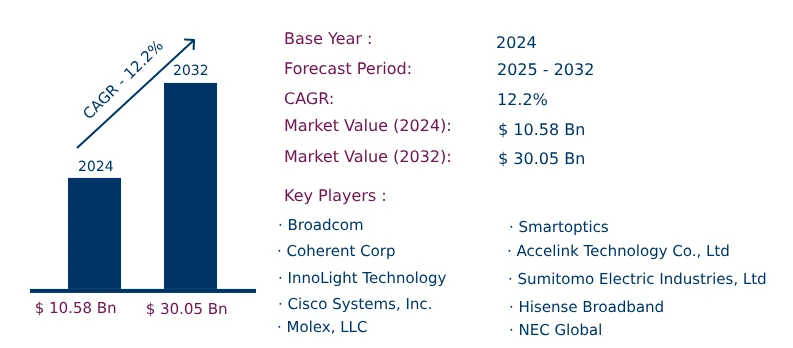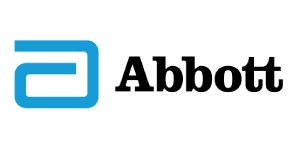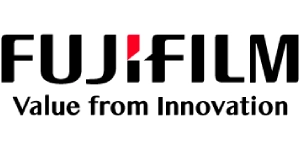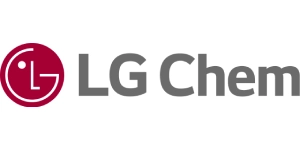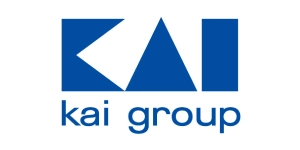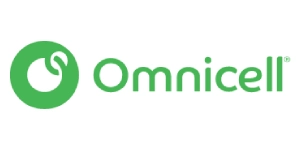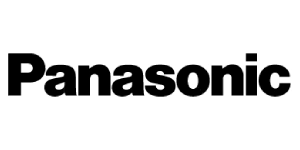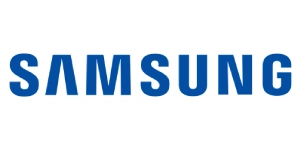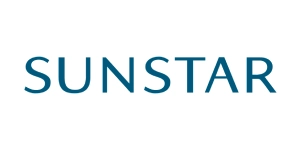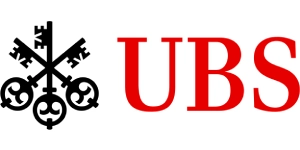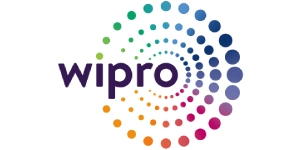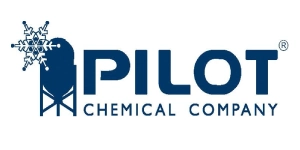Global Optical Transceiver Market to Reach USD 30.05 Billion by 2032 | CAGR of 12.2%
Category : Semiconductor And Electronics | Published Date : Jan 2025 | Type : Press Release
Optical Transceiver Market Scope & Overview:
In the newly published report, Consegic Business Intelligence states that the Optical Transceiver Market size was valued at USD 10.58 billion in 2024 and is projected to grow at a CAGR of 12.2%, reaching USD 30.05 billion by 2032. Optical transceivers are key components in modern telecommunication and data center networks, enabling the conversion of electrical and optical signals for fast data transmission over fiber optic cables. Widely used in telecommunications, data centers, and cloud computing, optical transceivers are instrumental in supporting high-speed and reliable communication.
The report comprises the Optical Transceiver Market Share, Size & Industry Analysis, based on Form Factor (CFP, QSFP, QSFP+, QSFP28, SFP, SFP+, XFP, Others), Data Rate (Less than 10 Gbps, 10 Gbps to 40 Gbps, 100 Gbps, Greater than 100 Gbps), Transmission Distance (Less than 1 km, 1-10 km, 11-100 km, More than 100 km), Protocol Type (Fiber Channel, Ethernet, FTTx, CWDM/DWDM, Others), Fiber Type (Single-Mode Fiber, Multi-Mode Fiber), Wavelength (850 nm, 1310 nm, 1550 nm, Others), Connector Type (Lucent Connectors, Standard Connectors, ST Connectors, Others), Application (5G Networks, Cloud Computing, Telecommunications, Content Delivery Networks, Others), End-User (Data Centers, IT & Telecom, Manufacturing, Healthcare, Others), and Region (North America, Europe, Asia-Pacific, Latin America, Middle East & Africa), and Forecast, 2025-2032.
The report contains detailed information on Optical Transceiver Market Trends, Opportunities, Value, Growth Rate, Segmentation, Geographical Coverage, Company Profiles, In-depth Expert Analysis, Revenue Forecast, Competitive Landscape, Growth Factors, Restraints or Challenges, Environment & Regulatory Landscape, PESTLE Analysis, PORTER Analysis, Key Technology Landscape, Value Chain Analysis, and Cost Analysis.
The market growth is driven by increasing demand for high-speed data transmission and advancements in telecommunications infrastructure.
Segmental Analysis :
Based on form factor, the market is segmented into CFP, QSFP, SFP, and Others.
- The QSFP segment held the largest market share in 2024 due to its compact design and high-speed data transmission capabilities, making it indispensable in telecommunications and data centers.
- The SFP segment is projected to grow at the fastest CAGR, supported by its affordability and adaptability for various networking applications.
Based on data rate, the market is segmented into Less than 10 Gbps, 10-40 Gbps, 100 Gbps, and Greater than 100 Gbps.
- The 100 Gbps segment dominated the market in 2024, driven by its efficiency in handling bandwidth-intensive applications like AI and cloud computing.
- The Greater than 100 Gbps segment is anticipated to grow rapidly due to the deployment of advanced 5G networks and high-capacity data centers.
Based on transmission distance, the market is segmented into Less than 1 km, 1-10 km, 11-100 km, and More than 100 km.
- The 11-100 km segment accounted for the largest market share in 2024, driven by its widespread use in metropolitan area networks and enterprise data centers.
- The More than 100 km segment is expected to grow at the fastest CAGR, supported by increasing demand for long-haul data transmission solutions in telecom networks.
Based on protocol type, the market is segmented into Fiber Channel, Ethernet, FTTx, and Others.
- The Ethernet segment held the largest share in 2024, attributed to its scalability and extensive use in data centers and enterprise networks.
- The FTTx segment is projected to grow rapidly, supported by advancements in fiber optic technologies and increasing adoption in broadband services.
Based on fiber type, the market is segmented into Single-mode Fiber and Multimode Fiber.
- The single-mode fiber segment dominated the market in 2024 due to its high bandwidth and efficiency in long-distance communication.
- The multimode fiber segment is expected to witness growth driven by its cost-effectiveness for short-distance applications in enterprise networks.
Based on wavelength, the market is segmented into 850 nm, 1310 nm, 1550 nm, and Others.
- The 1550 nm segment held the largest market share in 2024, attributed to its ability to support long-distance transmission with minimal signal attenuation.
- The 850 nm segment is anticipated to grow at a significant rate due to its applications in short-distance communication.
Based on connector type, the market is segmented into LC, SC, MPO, and Others.
- The LC connector segment accounted for the largest share in 2024, driven by its compact size and reliability in high-density networking environments.
- The MPO connector segment is expected to grow at the fastest CAGR, fueled by its efficiency in managing multiple fiber connections simultaneously.
Based on application, the market is segmented into 5G Networks, Cloud Computing, Telecommunications, and Others.
- The telecommunications segment held the largest share in 2024, driven by the global rollout of 5G networks and increasing broadband penetration.
- The cloud computing segment is anticipated to grow at the fastest rate, supported by rising demand for data center expansions and high-speed connectivity.
Based on end user, the market is segmented into Data Centers, IT & Telecom, Healthcare, and Others.
- The data centers segment dominated the market in 2024, driven by the growing need for scalable and high-speed infrastructure to support cloud and AI applications.
- The healthcare segment is projected to grow significantly, supported by advancements in telemedicine and IoT-enabled healthcare devices.
Based on regions, the market is segmented into North America, Europe, Asia-Pacific, Middle East and Africa, and Latin America.
- Asia-Pacific: Held the largest market share in 2024 due to robust telecom infrastructure developments and the proliferation of 5G networks in China, India, and Japan.
- North America: Expected to witness substantial growth, fueled by high investments in data centers and early adoption of advanced optical technologies.
| Report Attributes | Report Details |
| Study Timeline | 2019-2032 |
| Market Size in 2032 | USD 30.05 Billion |
| CAGR (2025-2032) | 12.2% |
| Form Factor | CFP, QSFP, SFP, Others |
| Data Rate | Less than 10 Gbps, 10-40 Gbps, 100 Gbps, Greater than 100 Gbps |
| Transmission Distance | Less than 1 km, 1-10 km, 11-100 km, More than 100 km |
| Protocol Type | Fiber Channel, Ethernet, FTTx, Others |
| Fiber Type | Single-mode Fiber, Multimode Fiber |
| Wavelength | 850 nm, 1310 nm, 1550 nm, Others |
| Connector Type | LC, SC, MPO, Others |
| Application | 5G Networks, Cloud Computing, Telecommunications, Others |
| End User | Data Centers, IT & Telecom, Healthcare, Others |
| By Region | North America(U.S., Canada, Mexico) Europe(U.K., Germany, France, Spain, Italy, Russia, Benelux, Rest of Europe) APAC(China, South Korea, Japan, India, Australia, ASEAN, Rest of Asia-Pacific) Middle East & Africa(GCC, Turkey, South Africa, Rest of MEA) LATAM(Brazil, Argentina, Chile, Rest of LATAM) |
Top Key Players & Competitive Landscape :
The competitive landscape encompasses major innovators, aftermarket service providers, industry giants, and niche players, all of which are thoroughly examined by Consegic Business Intelligence in terms of their strengths, weaknesses, and value-addition potential. This report includes detailed profiles of key players, market share analysis, mergers and acquisitions, resulting market fragmentation, and emerging partnership trends and dynamics.
List of prominent players in the Optical Transceiver Industry:
- Broadcom (U.S.)
- Coherent Corp (U.S.)
- InnoLight Technology (Singapore)
- Cisco Systems, Inc. (U.S.)
- Molex, LLC (U.S.)
- Smartoptics (Norway)
- Accelink Technology Co., Ltd (China)
- Sumitomo Electric Industries, Ltd (Japan)
- Hisense Broadband (U.S.)
- NEC Global (Japan)
Recent Industry Developments :
- April 2024: Microsoft announced a USD 2.9 billion investment to enhance its cloud computing and AI capabilities in Japan, including advancements in optical transceiver technologies.
- October 2023: Jabil Inc. acquired Intel Corporation’s silicon photonics optical modules division to expand its product portfolio and strengthen its market position.
